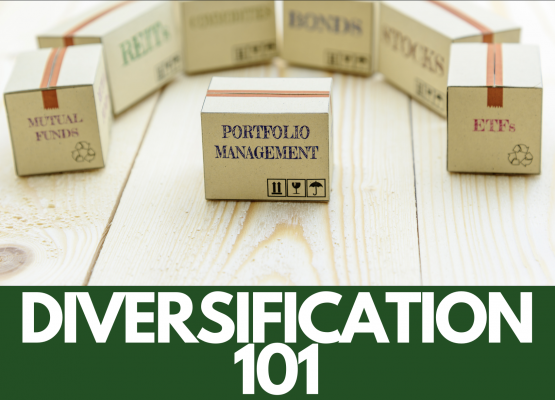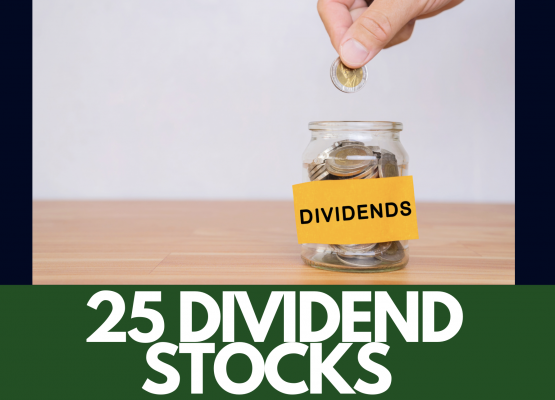For investors approaching retirement or already in retirement, bond ETFs can be an attractive option for generating income and managing risk. Bond ETFs, or exchange-traded funds, are a type of investment fund that tracks a particular bond market index, such as the Barclays Aggregate Bond Index. They offer several benefits to investors, including diversification, liquidity, and low costs. In this article, we’ll explore why bond ETFs can be a good choice for retirement investors and how to incorporate them into your investment portfolio.
Benefits of Bond ETFs for Retirement Investors
- Diversification: Bond ETFs can provide diversification benefits to retirement investors by spreading risk across a wide range of bonds. This can help reduce the impact of any one bond’s performance on the overall portfolio.
- Liquidity: Bond ETFs are highly liquid, meaning they can be easily bought and sold on the market. This can be particularly useful for retirement investors who may need to access their funds quickly.
- Low Costs: Bond ETFs typically have lower costs than actively managed bond mutual funds. This can be especially beneficial for retirement investors who may be living on a fixed income.
- Flexibility: Bond ETFs offer a range of maturity dates and credit qualities, allowing retirement investors to customize their portfolio to their specific needs and risk tolerance.
- Transparency: Bond ETFs disclose their holdings on a daily basis, providing retirement investors with a high level of transparency and allowing them to make informed investment decisions.
How to Incorporate Bond ETFs into Your Retirement Portfolio
- Determine Your Investment Goals: Before investing in bond ETFs, it’s important to determine your investment goals and risk tolerance. Consider factors such as your retirement income needs, risk tolerance, and time horizon.
- Choose the Right Bond ETF: With a wide range of bond ETFs available, it’s important to choose the right one for your retirement portfolio. Consider factors such as the ETF’s underlying holdings, maturity date, and credit quality.
- Diversify Your Portfolio: To maximize the benefits of bond ETFs, it’s important to diversify your portfolio across a range of bond types and maturity dates. This can help reduce risk and increase potential returns.
- Monitor and Adjust: As with any investment portfolio, it’s important to regularly monitor your bond ETFs and make adjustments as needed. This may involve rebalancing your portfolio or shifting your investments to reflect changes in your investment goals or risk tolerance.
Conclusion
Bond ETFs can be a valuable addition to a retirement investment portfolio, offering diversification, liquidity, low costs, flexibility, and transparency. By understanding the benefits of bond ETFs and how to incorporate them into your retirement portfolio, you can potentially increase your returns and reduce your risk in the bond market. As with any investment decision, it’s important to carefully consider your individual circumstances and seek the advice of a financial advisor if needed.




